I am trying to wrap my head around the circuit mentioned in the accepted answer to this post.
It looks like a fairly simple deal except for the part where I wonder what is keeping the signal to LOW at Vo when Vs is HIGH? In other words when Vs is HIGH +5v thus the BJT is letting the current through it, and Vo would be parallel to that flow (or a "tap" into that flow if you will). Why would the current not flow through the tap while it is allowed through the BJT?
If I tap into the power lines going behind my house, the current in my tap never stops, even when the power lines are in use downstream. So what is keeping the Vo LOW?
If the current won't go to Vo because of higher resistance, does that mean the LED L2 should not glow in the following?

